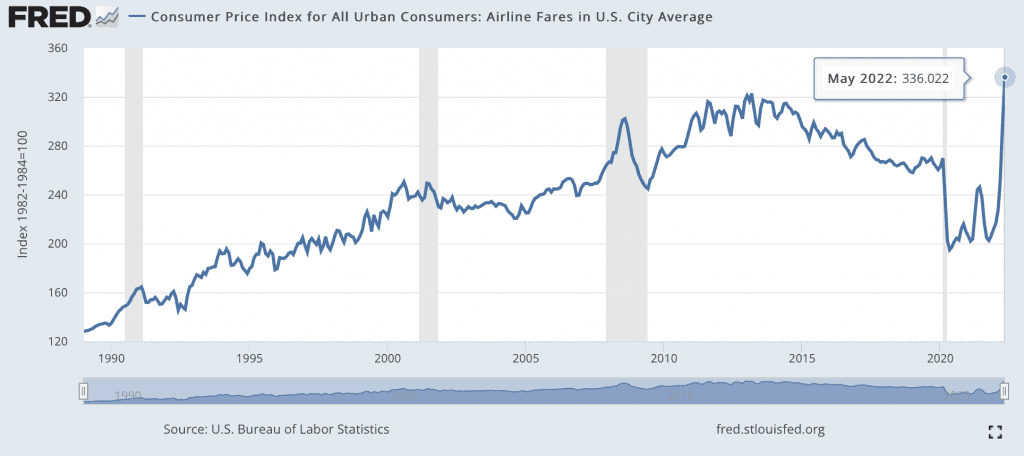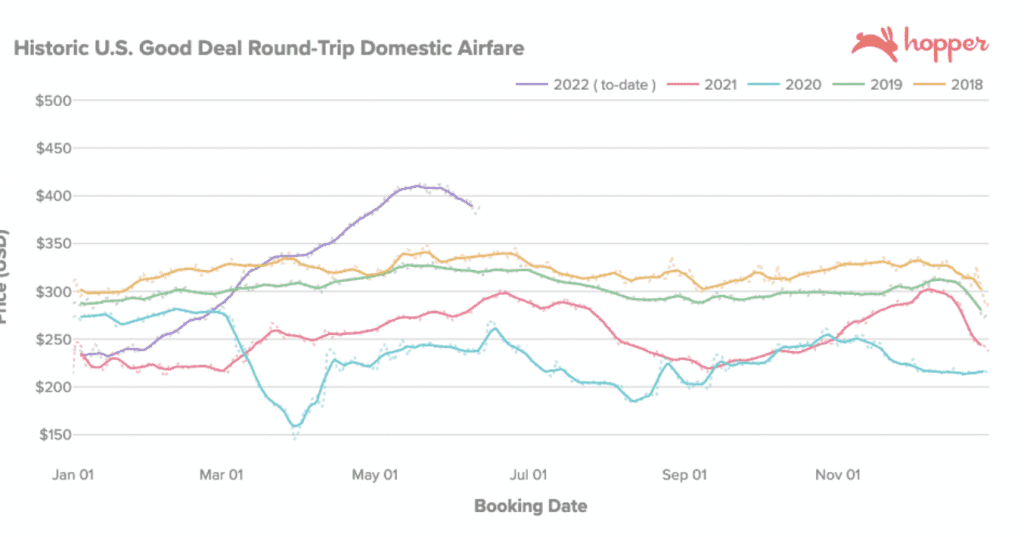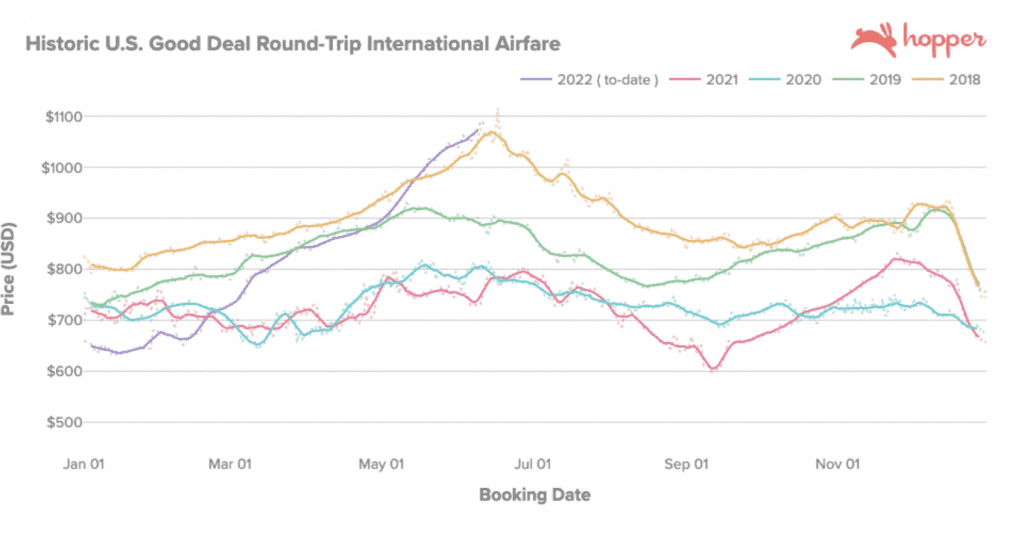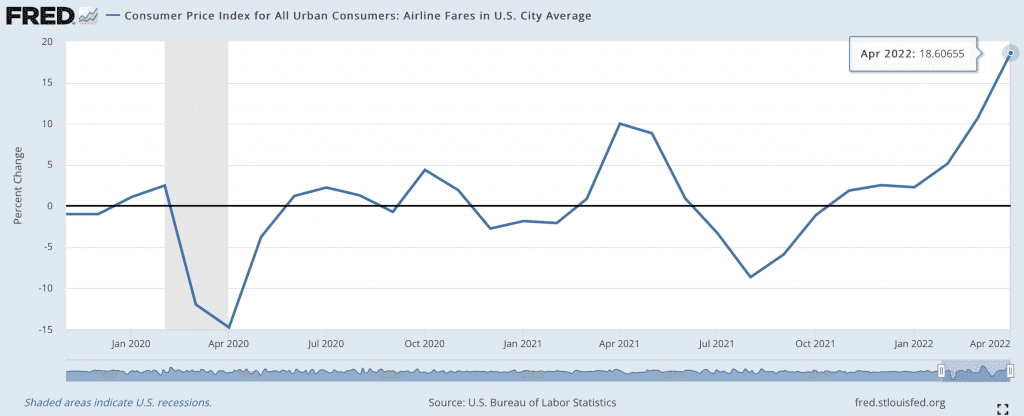Infare, a Denmark-based provider of airfare data and analysis software, has been acquired.
OAG, a UK-based provider of flight status and schedule information, said Friday that it has acquired Infare from private equity firm Ventiga Capital. The firm had owned Infare since 2017.
The price and terms of the latest deal were not disclosed.
OAG and Infare had been in a partnership that was announced in April 2022.
OAG said the deal values the combined company at over $500 million. The combined company has 300 employees in 10 offices.
OAG said that both management teams will continue with the company and retain a shareholding, with fresh backing from Vitruvian Partners. Vitruvian Partners bought OAG from Axio Group for $215 million in 2017.
“The increasing dynamism in global travel and technology is fueling a need for more sophisticated, granular data to understand, manage, and unlock growth in air travel,” said Phil Callow, CEO of OAG, in a statement. “The acquisition of Infare strengthens our ability to deliver consistent and accurate information across the wider supply and demand value chain.”




